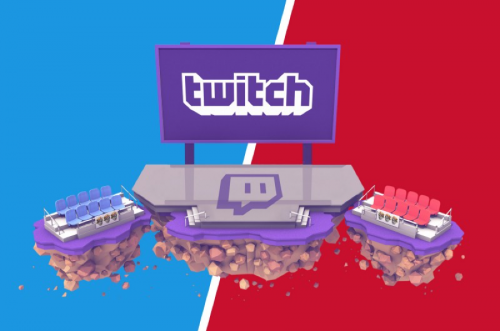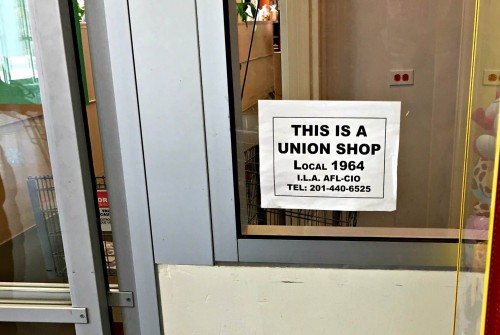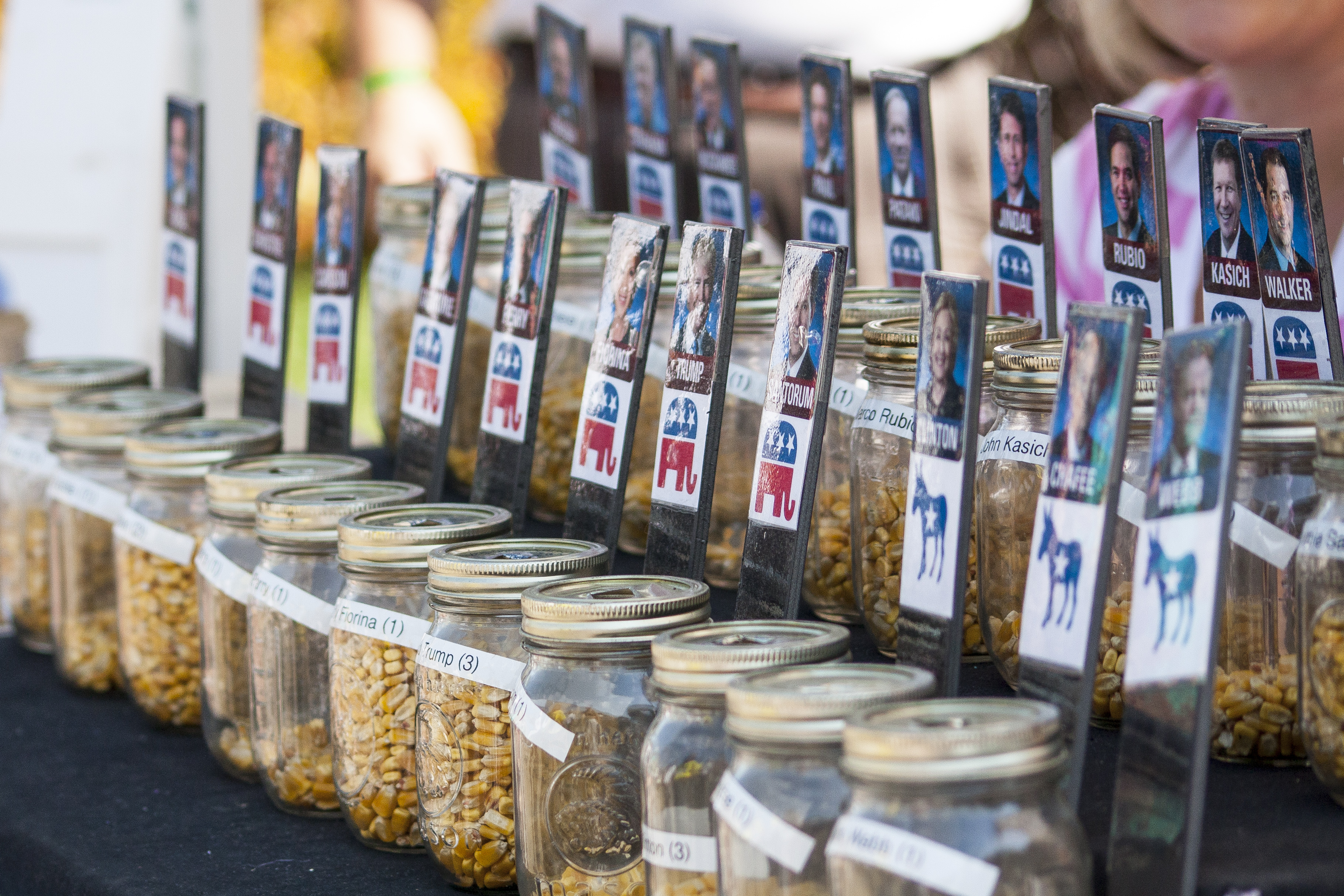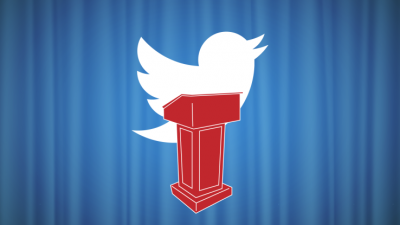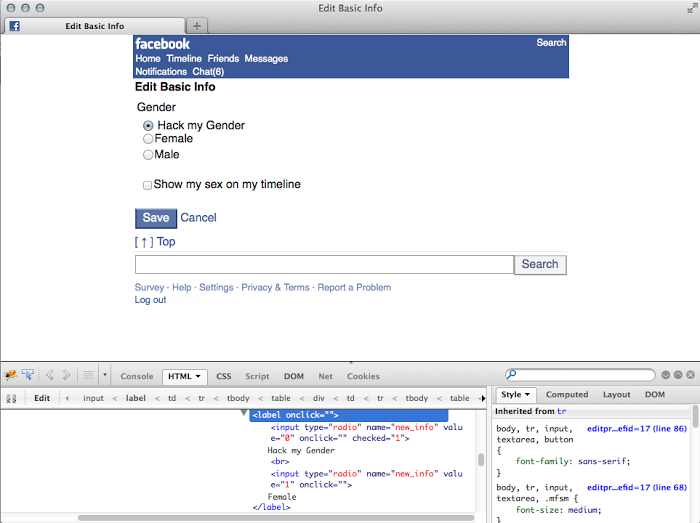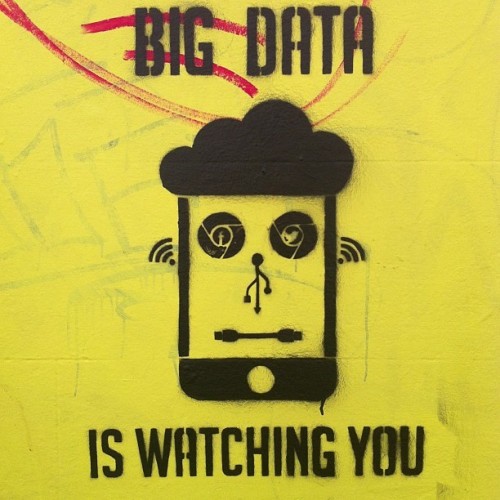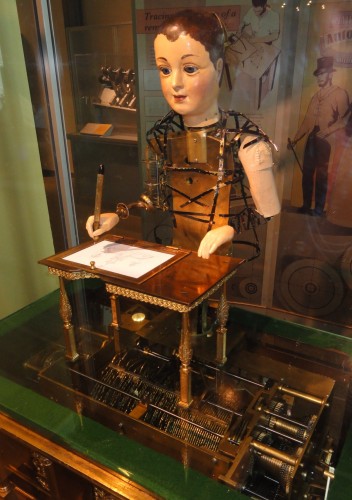My mom and I spent some part of the 1995 summer with my aunt and her house, complete with backyard. I was three, and having lived most of my life in a small New York studio apartment, my mom must’ve thought I would enjoy the few elements of nature often found in quiet Californian suburbs. She was wrong: each time they tried setting me in the grass, I would crawl desperately back to the beautiful, safe, concrete patio.
This is a childhood story that still speaks to my identity: camping is not my first choice of activities, and the narratives of people who lose themselves in the wilderness are tedious to me. So it was quite a surprise when I willing accepted the hiking trail Pokémon Go had set for me with the promise of Clefairies: more...


